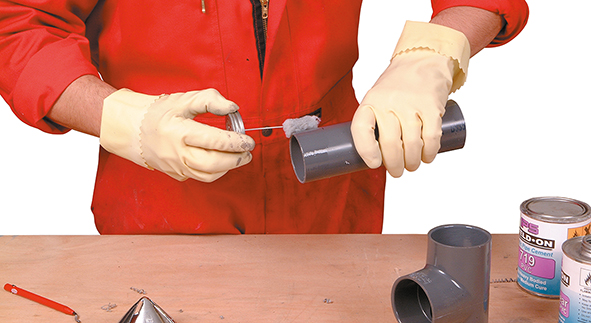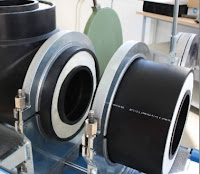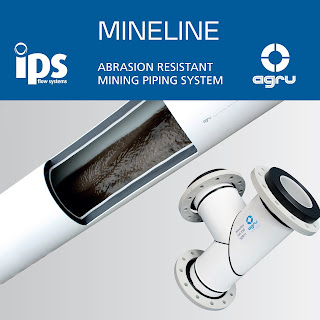What Every Pool Installer Gets Wrong About Solvent Cementing
Solvent cementing might look straightforward – apply the glue, join the pipes, and move on. But too often, we see projects fall short because the basics of cementing have been misunderstood or overlooked.
In pool and spa installations, even minor mistakes can lead to leaks, failures, or costly rework. At IPS Flow Systems, we supply the best solvent cement products in the world – including the full Weld-On range – and we’re passionate about supporting correct installation from the start.
Here are the five most common mistakes pool installers still make – and how to avoid them.
1. Skipping the Primer
Primer is not optional. It softens the pipe surface, allowing the cement to chemically bond the materials together. Without it, you’re not creating a true weld – you’re relying on surface adhesion, which won’t hold up under pressure or over time.
💡 Tip: Use the correct primer for the material. PVC and ABS require different formulations, and colour-coded options make inspection simple.
2. Not Allowing Proper Cure Time
Cement might dry quickly, but it takes time to cure properly. Moving a joint too soon – especially in pressurised or buried applications – risks compromising the weld before it’s had a chance to fully develop.
💡 Tip: Always follow the manufacturer’s recommended cure times. Factors like temperature, pipe size, and humidity all make a difference.
3. Using the Wrong Cement
General-purpose cements don’t belong in pool systems. Pools, spas, and chemical environments demand cements that can stand up to high pressure, constant water flow, and chemical exposure.
💡 Tip: Weld-On 724 and other specialised cements are designed specifically for pool and spa applications – fast-setting, high-strength, and chemically resistant.
4. Applying to Wet or Contaminated Surfaces
Solvent cement needs a clean, dry surface to work effectively. Dust, moisture, or oil will interfere with the chemical bond and compromise the joint’s integrity.
💡 Tip: Clean both the pipe and fitting with a lint-free cloth and ensure they’re completely dry before applying primer and cement.
5. Improper Fit or Misalignment
If a joint doesn’t fit correctly or is forced into place, stress is introduced into the system from day one. Cement can’t make up for poor alignment or loose connections.
💡 Tip: Dry-fit first. You should feel a slight resistance when inserting the pipe into the fitting – that’s how you know the fit is correct.
IPS Supports Best Practice, Every Step of the Way
At IPS Flow Systems, we’re proud to supply Weld-On – the global standard for solvent cementing excellence. These are the products professionals trust worldwide, backed by decades of innovation and industry-leading testing.
We also work with customers across the pool and spa industry to promote best practice, reduce installation risks, and ensure systems stay watertight for years to come.
📢 Don’t miss our upcoming webinar:
“Clear Water, Clear Answers: A Live Discussion on Solvent Cementing Best Practice in the Pool and Spa Industry”
We’ll answer your questions, share practical guidance, and help your team avoid common pitfalls.
📞 UK: 0191 521 3111
📞 IRE: +353 1 2573741
🔗 www.ipsflowsystems.com
#SolventCementing #WeldOn #PoolInstallers #SwimmingPoolConstruction #IPSFlowSystems #PlumbingBestPractice #Webinar #WRAS #PoolSpaProfessionals #ClearWaterClearAnswers




